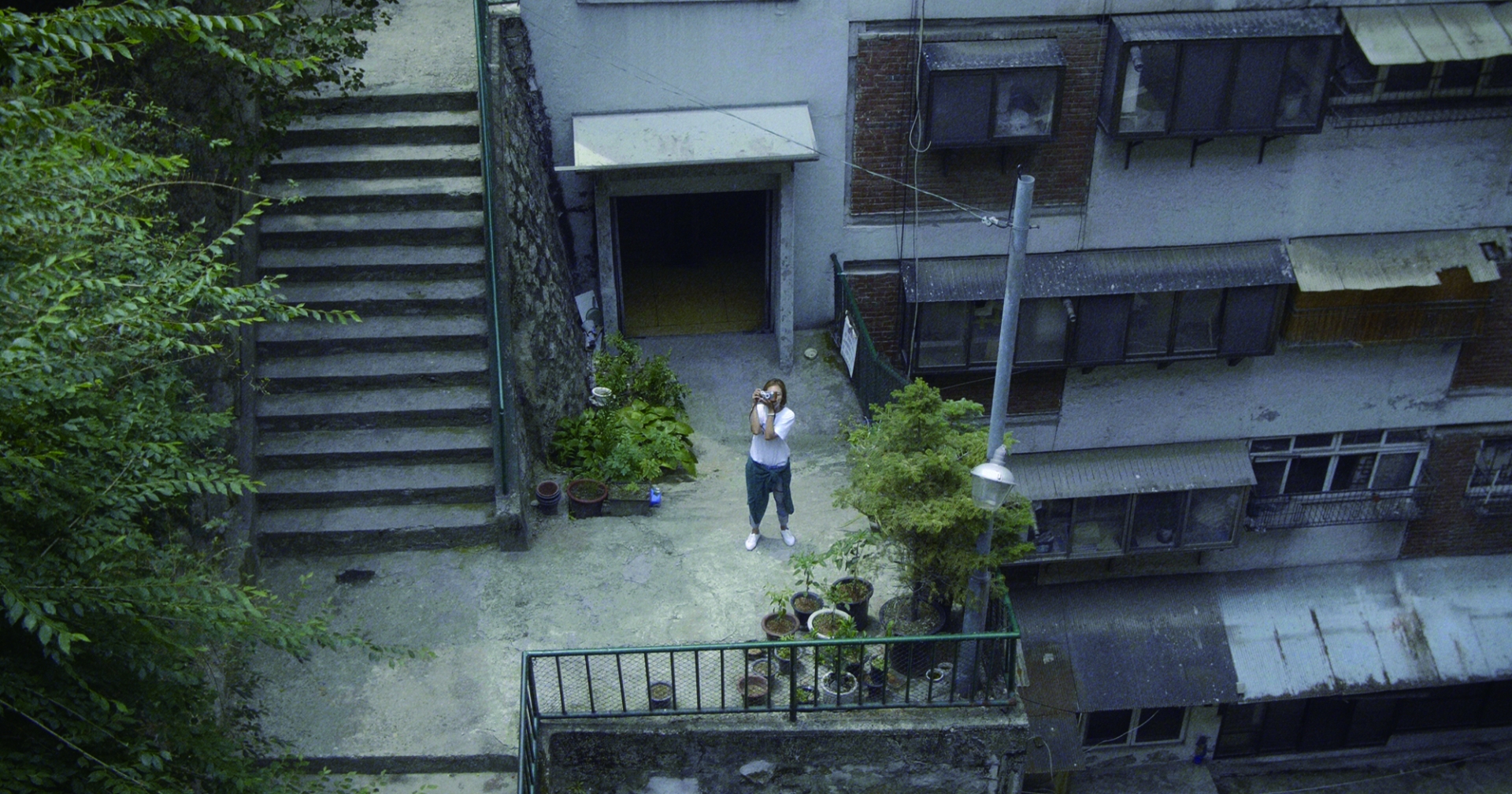Films are the continuum of life or the ‘flow of life’. The concept ‘flow of life’, then, covers the stream of material situations and happenings with all that they intimate in terms of emotions, values, thoughts.
- Siegfried Kracauer
In his book Theory of Film, Kracauer notes that the advent of film enabled us to develop a holistic appreciation of fragmented experience in urban space, as they can capture the invisible and transcend the fragmented image. This quality is also useful for describing documentary works. Documentaries, more than any other, make us understand and reflect deeply on the unique world of work, the process of conflict, and the world around us, because we often try to superimpose our lived time on the running time of the documentaries, and ask fundamental questions. The questions and documentaries become their most powerful when they attempt to visualize internal problems and ask questions about the direction of life, rather than simply consuming and recording images. We are surrounded by subjects for documentaries, which range from simple records of everyday life to ontological questions of historical situations. It takes a lot of time, however, to find one story or issue and to transform it into a work of documentary.
Jeong Jae-eun, who asks these ontological questions of us, reveals the camera's reality in her three architectural documentaries: Talking Architect, City: Hall and Ecology in Concrete, which provide the best opportunity to make a subject experience the contemporary world in the most vivid way. Through these documentaries, she provides us with a pathway to a vivid experience of the architectural world. Who becomes an architect? How does the decisionmaking process work in public architecture? Are the apartment blocks that make up our everyday landscape part of a sustainable ecosystem? By asking these three questions, I will review his three documentaries detailed above. We should pay attention to the fact that they resemble what we know and see in life, as these documentaries went through a process of selection and decision-making rather than being pre-planned from the very beginning. Kracauer’s claim that ‘A film is the flow of life’ means that a documentary can work as a tool for recording and reflecting upon our lives, but the camera as observer also changes in the process. Therefore, these three documentaries deal with the same theme, architecture, but they are different in terms of the format, such as the way they approach the architectural world and their narrative structure.
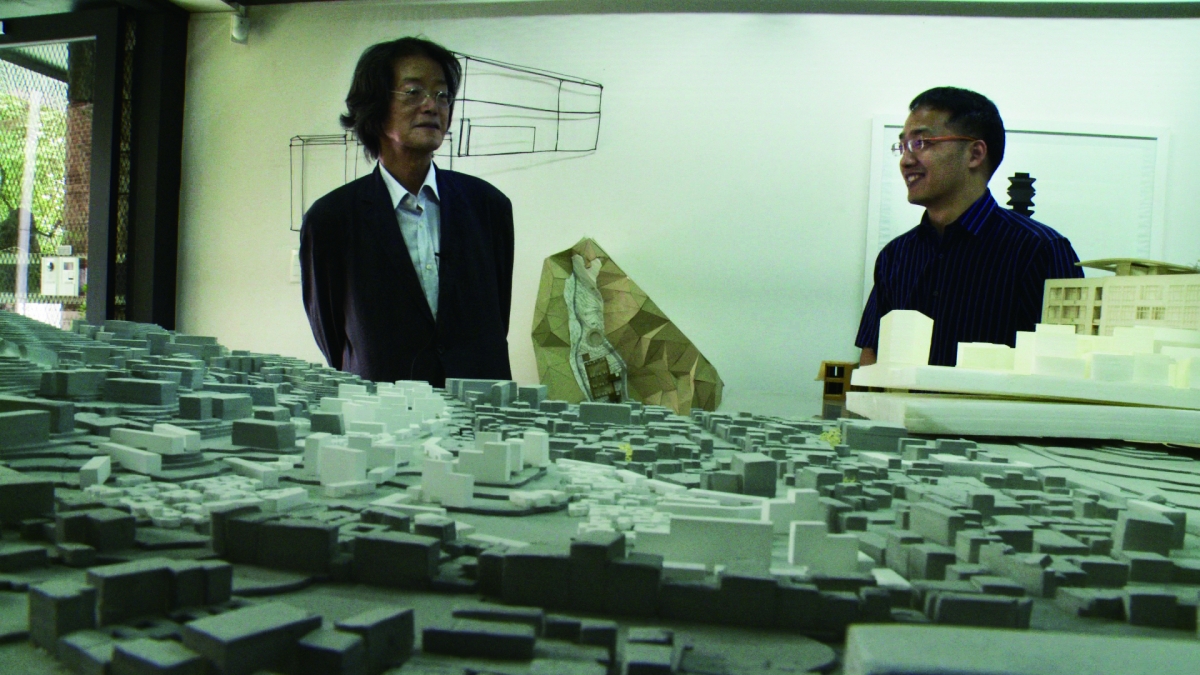
Jeong Jae-eun, Talking Architect, documentary, 95min, 2011
Talking Architect - Who is an Architect?
What kind of images have architects shown throughout the history of film? In early film history, architects appear, such as Hitler’s architect Albert Speer, in conjunction with the machinations of political power or demonstrating the power of capitalism. The thought that architects are coupled with power is represented frequently, with figures presenting architectural designs that are always tall, big, and invariant standing at the central point, like in the movie Metropolis. In contrast to this view, Talking Architect refers to the value of the periphery rather than the centre in architecture, brought down to the user's level. Talking Architect begins with the face and voice of an architect who is about to die. In the last scene, the local people in Muju Anseong-myeon Community Service Center say that they are satisfied with the low admission ee for the public bath, only 1000 KRW, but they do not know who the architect of the building is, which goes against the image of the architects created in film so far and asks what is left behind after an architect disappears. The camera that observed the man facing death and his suffering recorded the process that the architect himself experiences. The film delivers the architect’s message to the survivors, and at the same time it reveals his viewpoint as a producer of culture and architecture in communion with residents. So far, this has been regarded merely as impersonal choices in material and design. City: Hall - How are Decisions Made for Public Architecture?
In her second documentary, City: Hall, she deals with the issue of communication in public architecture. The film traces the decisionmaking process and conflicts present in public architecture to demonstrate what kind of decision-making structures work in the creation of public architecture, which is fast becoming the new symbol of Seoul. The role of communication shown in the architect’s talks in the Talking Architect is replaced by rather confusing subject matter in this documentary. As the participants speak more and more and add their words as their means of communication, the result is superfluous meanings. Nevertheless, during these confusing moments the camera watches the middle managers, who are faithful to their sense of responsibility, make public architecture, and want to create better results as agents of administrative decision making throughout this changing process. How is public space read in City: Hall? The film raises some key questions; what public is architecture and how are decisions made? And it ends with questions about how to think about public space in the architectural ecosystem and how, in contrast, to make a sustainable ecosystem in public architecture.
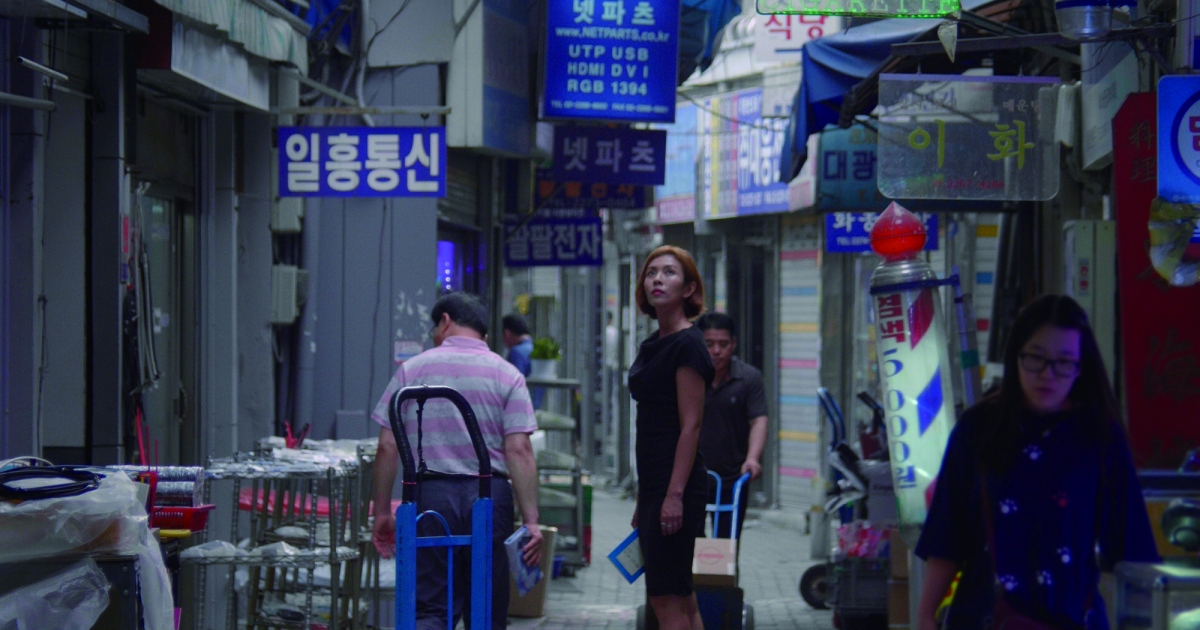
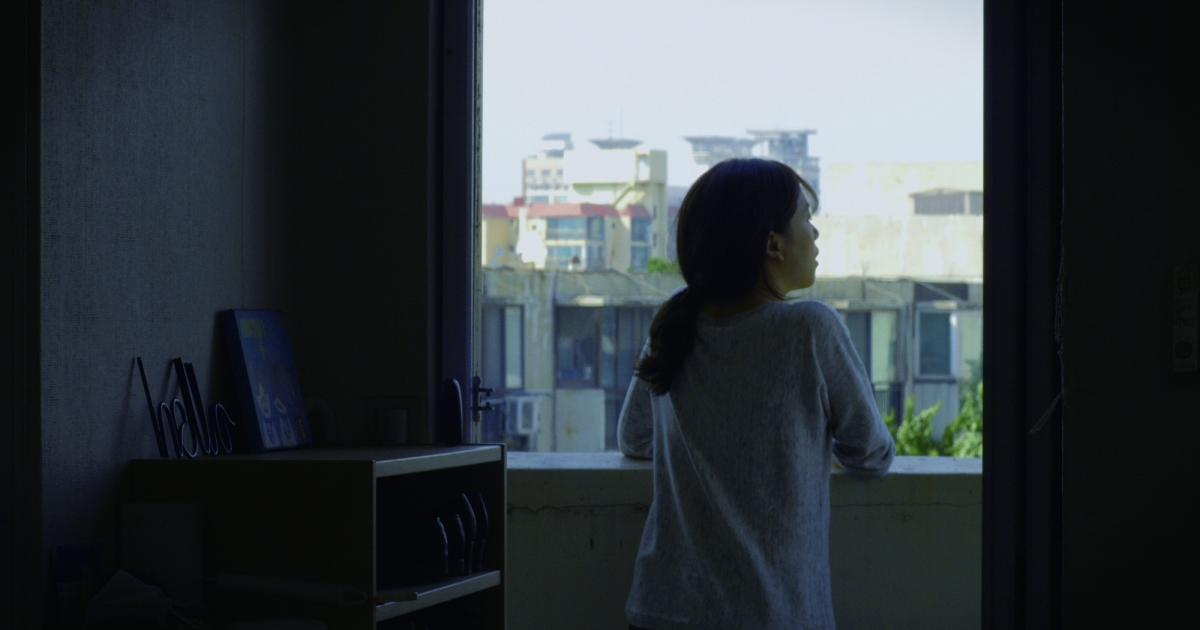
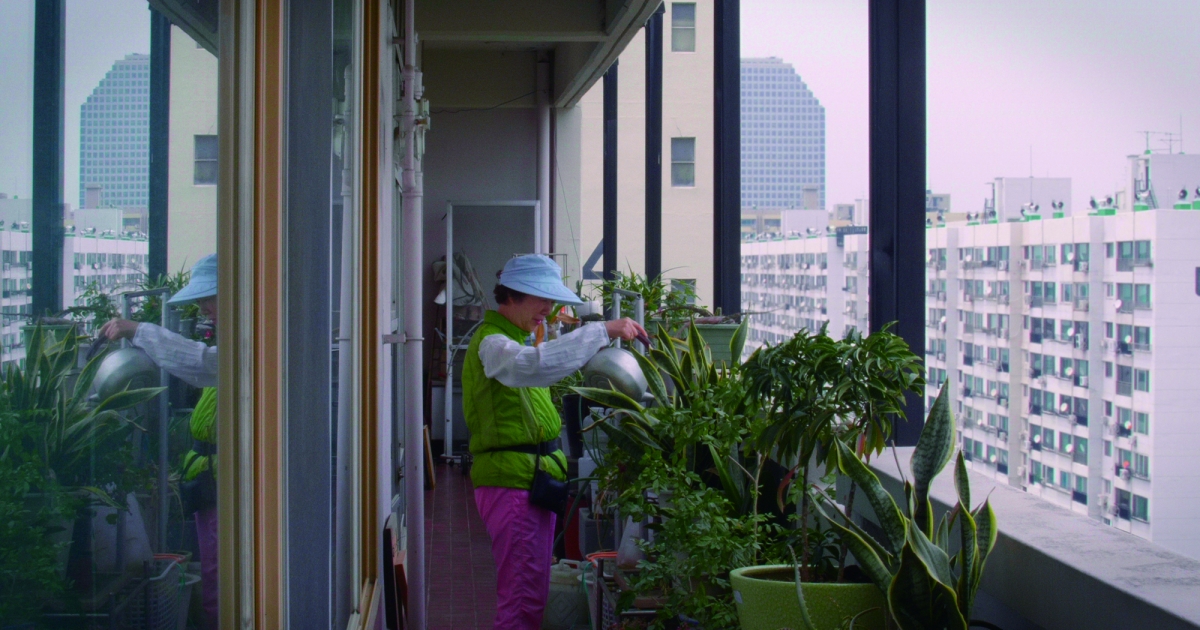
Jeong Jae-eun, Ecology in Concrete, documentary, 80min, 2017
Ecology in Concrete - Is It Sustainable?
In Ecology in Concrete, the director focuses on the apartments, the most common and quotidian public spaces in public architecture. When did the apartment republic emerge in Korea? Talking about the history of apartments in Seoul, based on the interviews of the late Sohn Jeong-Mok, a city planner in Seoul, she tries a new approach in this film that is quite different from the previous two. Through scenes such as an actress reading the ‘Love of Sewoon Sangga Kid’ in a Sewoon Sangga Apartment, of tearing the apartment contract at the Seosomun Apartment window, and watching herself from the stairs above to the garden of the apartment in Namsan 2nd Hoehyeon Apartment, the documentary makes us interpret the apartment in a varied way rather than delivering a single reality. This creates a contrast with the interview of the late Sohn Jeong-Mok.
The older apartments featured in Ecology in Concrete are under preparation or waiting for reconstruction. The film shows us that the residents of the apartment take different approaches while waiting for reconstruction. At the meeting of the reconstruction union, the apartment is regarded as the subject of another desire explained by the capital formula (1+1). What are the reconstruction apartments waiting for? Can we think of these apartments as part of our hometown? When they are dismantled in the name of demolition or redevelopment, do we overwrite our memories of the place? Can the subsequent apartment ecosystem continue to grow without interrupting the growth of the capital we know? The film delivers an introspective look at the loss of a sense of place as a result of reconstruction, demonstrating how an architectural ecosystem is a life cycle, featuring stages such as birth, growth, and death. The imagined surrounding community also plays a role in the apartment ecosystem of this film, emerging in the voices of inhabitants to the silent movements of trees and cats. The film even includes plants, animals, and the noises of neighbours that we may never have regarded as members of the ecosystem. It persists with this by asking where the stray cats, who have chosen this place as their home, are forced to go when the reconstruction apartments are demolished. The film expands our thinking about who the community members are, dwelling on whether we have failed to recognise any member in the apartment ecosystem.
Yet to be Realised - Imaginary Community Space and Documentaries
The film hopes that the apartment ecosystem will not merely be the desire of capitalist enterprise but that it will evolve into a new visionary community, overlaying new relationships upon the old apartment ecosystem to be dismantled. This imaginary community is a space of hope. Ecology in Concrete asks whether we have forgotten something important, and suggests that the old apartment buildings also have an individual history, memories of space and various ecosystems formed with the history of the city as our hometown. The architect’s message in Talking Architect is still valid. Both problems and solutions belong to this land. These three architectural documentaries reveal to us that a rational decision-making process and effective communication can be achieved through an imaginary community that encourages the freedom of its members. At this point, the director thinks about the imaginary community as a solution to the problem of land in Ecology in Concrete. A film displays the flow of life, and the hope that our life will get better while our life lasts is a survival technique. As this has not yet been realised, these three documentaries can be regarded as suggestions for another flow of life, and as a practical means of salvation from the reality around us.





